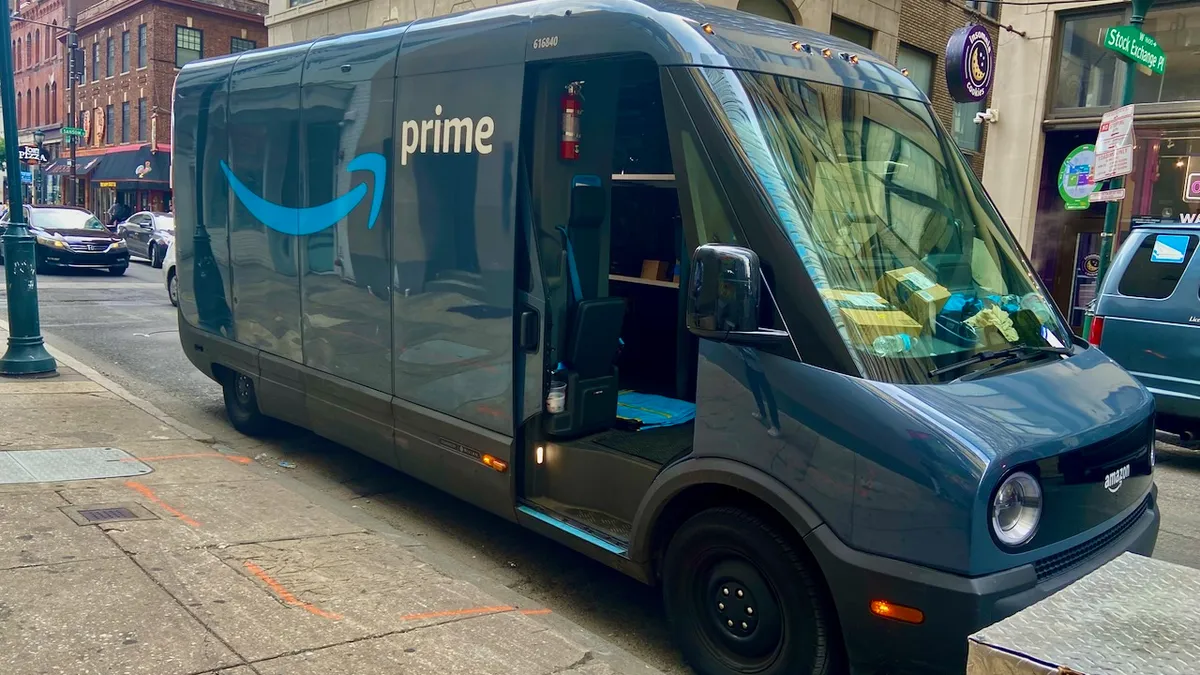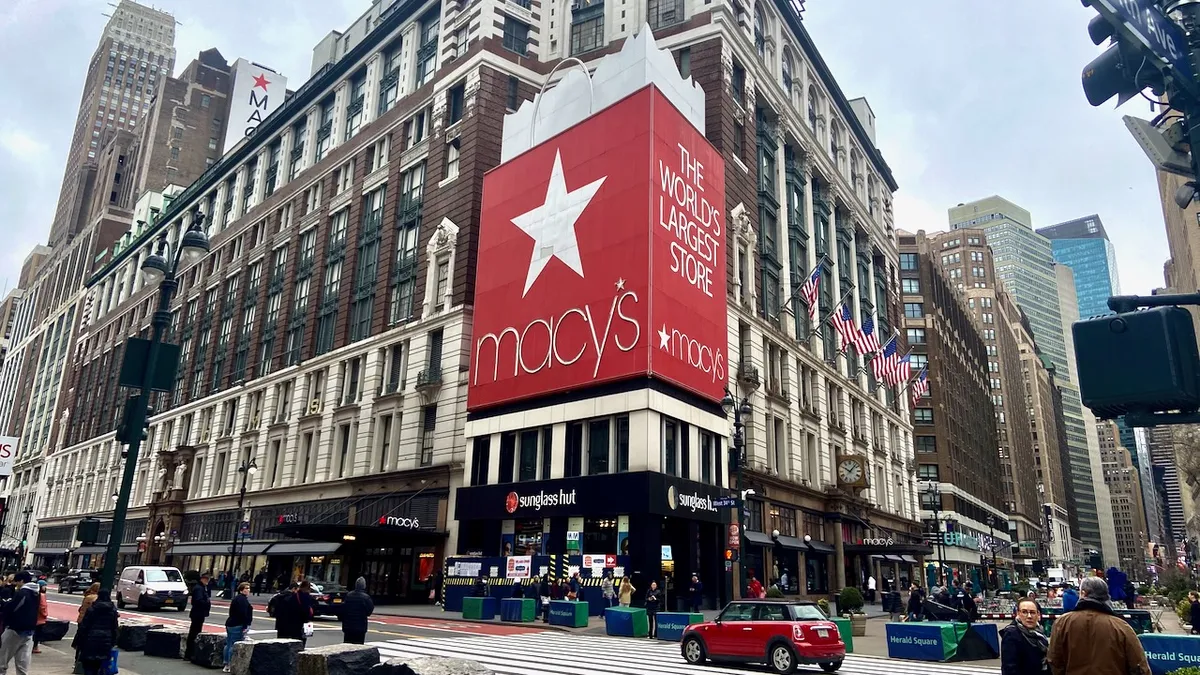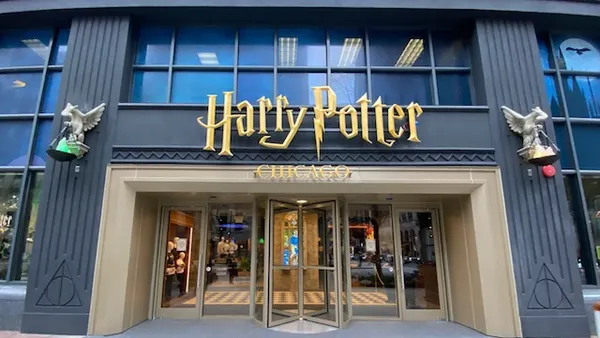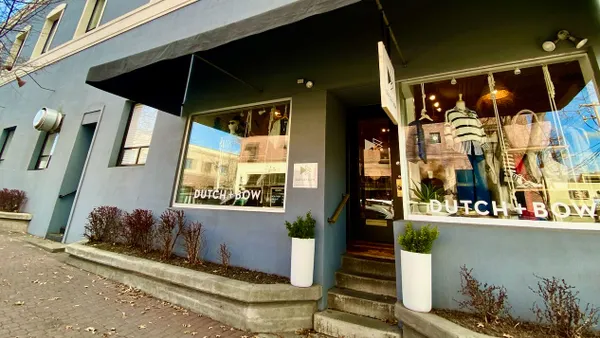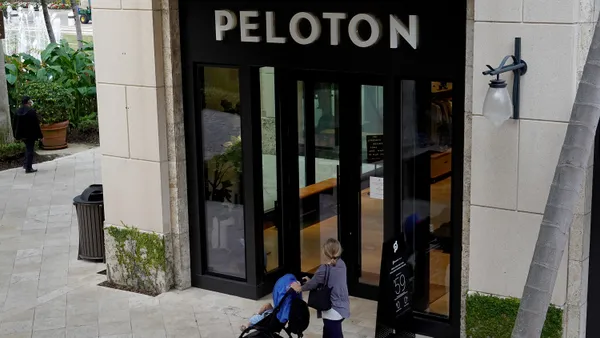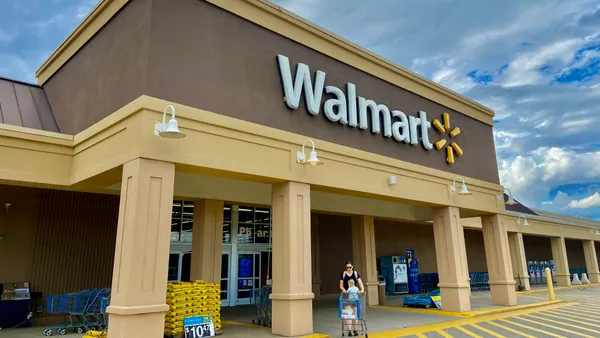Dive Brief:
-
Amazon’s Q4 net sales at its online store rose more than 7% year over year to $75.6 billion, as physical store sales rose 8.3% to $5.6 billion. Product sales rose 7.2% to $82.2 billion, and CEO Andy Jassy said Thursday that the percentage of items sold by third-party sellers reached 61%.
-
Growth in subscription and services fees was even stronger. Third-party seller services rose 9% to $47.5 billion; advertising rose 18% to $17.3 billion; and subscriptions rose 9.7% to $11.5 billion.
-
At the company’s AWS cloud unit, sales rose 19% to $28.8 billion. Overall company net sales rose 10% to almost $188 billion, with net income nearly doubling to $20 billion.
Dive Insight:
Amazon’s investments into its fulfillment network are paying off.
Earlier this week, the company said that its delivery of billions of packages was faster than ever last year. While worldwide shipping costs in Q4 increased by 4.5% to $28.5 billion, fulfillment costs dropped more than 15% to $697 million.
Jassy said the company’s focus on fulfillment costs contributed to the quarter’s rise in operating income. Per-unit transportation costs are declining thanks to the build-out of its last-mile network, and overall the global cost-to-serve, on a per-unit basis, is down for the second straight year, he said.
In Q4, inventory placement improvements, increasing the number of items per package and shorter travel distances drove productivity in the transportation network, according to Chief Financial Officer Brian Olsavsky.
“As we look to 2025 and beyond, we see opportunity to reduce costs again as we further refine inventory placement, grow our same-day delivery network and accelerate robotics and automation throughout the network,” Jassy said.
However, the global effort around automation and robotics will take time and “progress may not be linear,” Olsavsky said.
The faster speeds were a major factor in Amazon’s strength in the holiday quarter, according to GlobalData Managing Director Neil Saunders. This year, more consumers shopped Amazon during the season, and the company gained market share overall, according to GlobalData research.
Amazon is already the choice of many budget-minded consumers, and the convenience of shopping there is especially important over the holidays, Saunders said in emailed comments. While rivals gained slightly in the online price war last year, Amazon had an average price advantage of 14%, according to Profitero research cited by Amazon in its Q4 press release.
“Again, Amazon wins because of its reliability and speed in terms of shipping and the breadth of its range,” Saunders said. “Amazon augmented these advantages with high profile events like Prime Big Deal Days during the quarter.”
Amazon also gains new customers, and sales from existing ones, whenever its shorter delivery times reach outlying areas, according to GlobalData. Meanwhile, its brick-and-mortar competitors are sending many customers Amazon’s way, by making it more painful to shop, Saunders said.
“The increasing levels of friction in stores – including out of stocks, locked up items, and long wait times at checkouts – have driven more people to try Amazon for their everyday needs,” he said. “The bad news for other retailers is that those who try Amazon don’t tend to return to their past patterns of consumption.”



